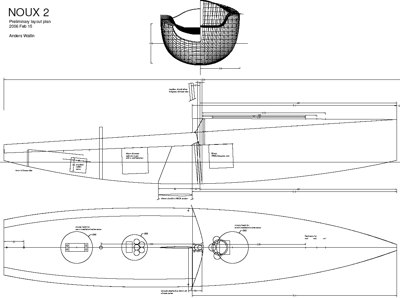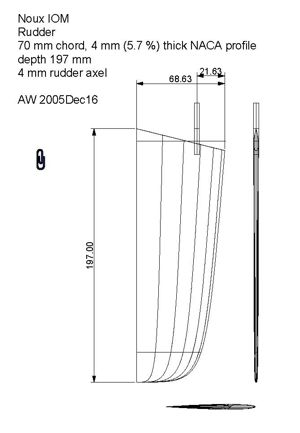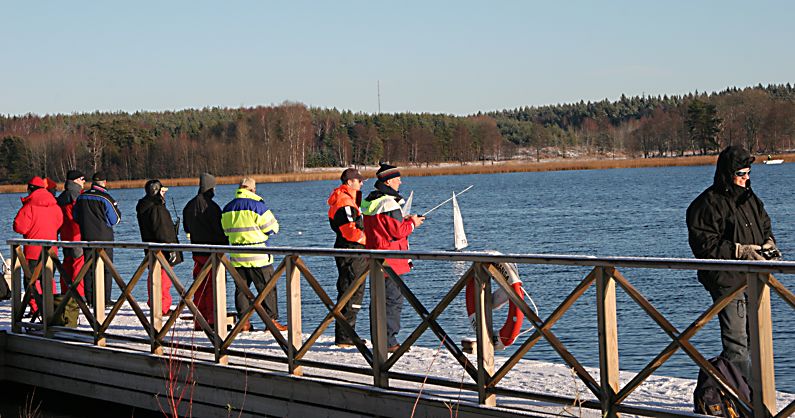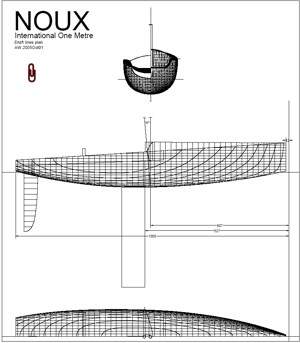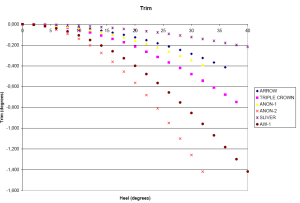
I've been wondering if it is possible to measure the level of competition in IOM regattas. Here's one way to possibly do it. I've looked at the winning skippers net score and divided that with the number of races. So we can see that to win a world championship you don't have to win every race - an average score of around 4-7 will do !
The green dots are from various national championship scores I've found.
The red squares are nordic events - I see a clear increasing trend !
The blue dot's is our national Finnish ranking series - we see that there is still room for improvement.
Ofcourse this is not an ideal way of measuring the level of competition. If one single skipper takes command of most of the races the racing behind him/her might still be really fun... but I do think my plot shows something of the truth.
If anyone wants to send in results with the number of races sailed, the number of discards, and the winners points, I'd be happy to add them to this plot when I have time.
Update: Odd-Oivind Kure commented that what this really shows is not the level, but the 'closeness' of competition. That's true, so I've changed the title. (although from looking at the graph there definitely seems to be correlation between level and closeness).
